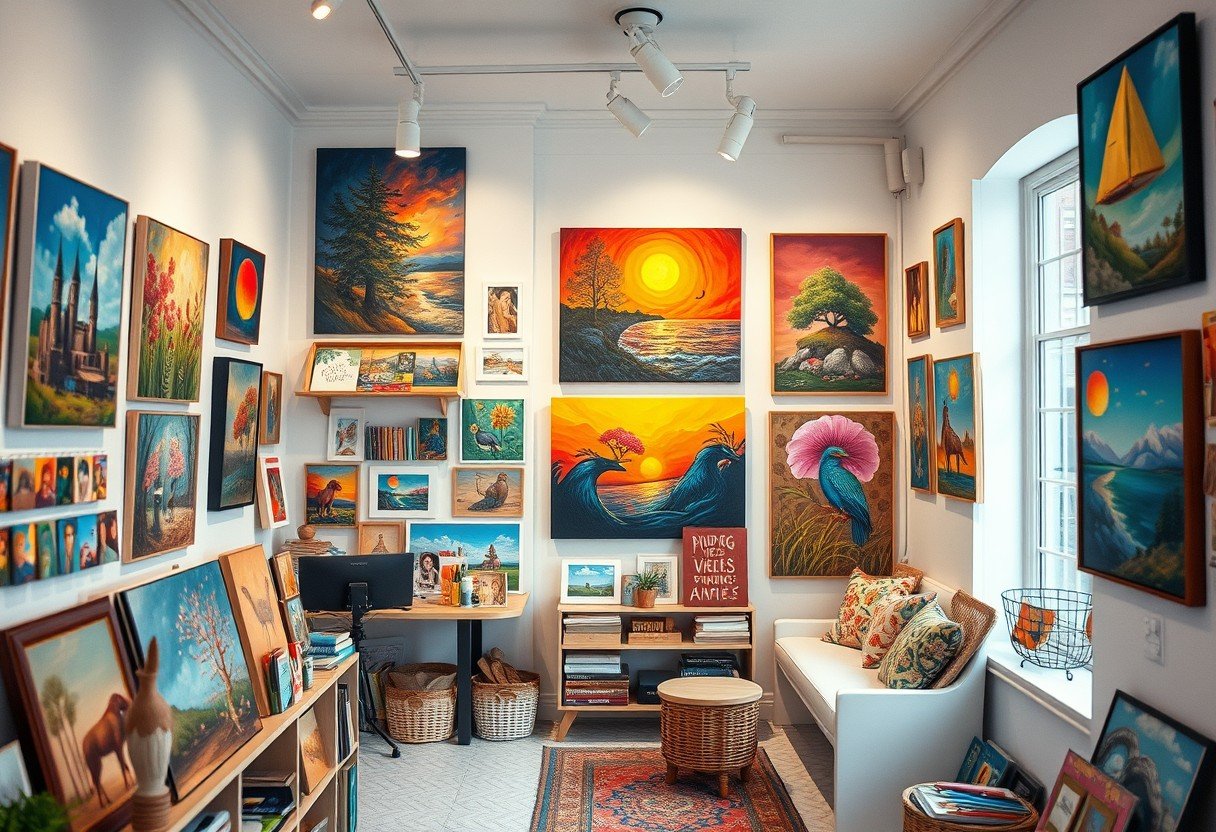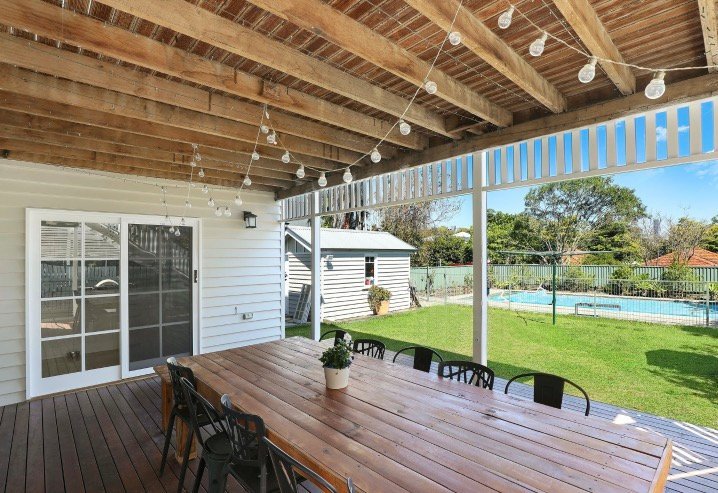Selling your paintings and artwork online can feel overwhelming, but platforms like Etsy offer a direct path to connect with buyers who value unique, handmade creations. Success on Etsy for artists depends on understanding the market, presenting your work professionally, and employing smart marketing strategies. This guide breaks down exactly how to turn your artistic passion into a profitable online shop.
Understanding the Etsy Audience for Art
Etsy is a global marketplace that connects sellers with over 90 million active buyers, many of whom are specifically looking for unique items that cannot be found in traditional stores. The primary audience for art on Etsy appreciates the story behind a piece and the personal touch of a creator. They are not just buying a decoration; they are investing in a piece of your creativity.
Understanding this mindset is your first step to success. These buyers are often willing to pay a premium for original artwork that aligns with their personal style and values. They are drawn to shops that have a clear identity and a compelling narrative.
To connect with this audience, it’s vital to stay aware of current trends. While your unique style should always be the priority, incorporating popular themes can increase your visibility. For example, art related to sustainability, nature, and minimalist design continues to be in high demand. Seasonal artwork, such as holiday-themed pieces, also experiences significant sales spikes during specific times of the year. By aligning your unique art with what buyers are actively searching for, you increase your chances of being discovered.
Key Strategies for Listing Your Artwork
Your Etsy listing is your virtual gallery wall, and its presentation can make or break a sale. Since buyers cannot see your art in person, your photos and descriptions must do all the work. High-quality images are the single most important element of a successful art listing.
Take well-lit, high-resolution photographs of your artwork from multiple angles. Include a photo that shows the painting in a room setting, like over a sofa or on a desk, to help buyers visualize its scale. This gives them a better sense of how the art will look in their own home and builds confidence in their purchasing decision.
A detailed description is just as important. Don’t just list the dimensions; tell the story behind the piece. What inspired you? What techniques did you use? This information creates a personal connection that buyers on Etsy crave. To optimize your listing for search, you must also focus on:
- Strong Titles: Use descriptive titles with keywords buyers would use, like “Abstract Ocean Landscape Painting” or “Minimalist Botanical Wall Art.”
- Relevant Tags: Use all 13 available tags with a mix of broad and specific terms. Think about colors, style, subject matter, and the intended room (e.g., “nursery wall art,” “boho living room decor”).
- Niche Targeting: Focusing on a specific niche, like pet portraits or floral watercolors, can help you stand out from the competition and attract a dedicated following.
By perfecting these elements, you make it easier for the right customers to find and fall in love with your work.
How to Price Your Paintings for Profit
Pricing your art is one of the most challenging aspects for many artists. You need a strategy that covers your costs, values your time and skill, and remains competitive within the Etsy marketplace. Avoid simply guessing a price or undercutting competitors, as this can devalue your work and make it unsustainable in the long run.
A common formula to start with is: (Cost of Materials + Hours of Labor × Your Hourly Rate) × 2 = Wholesale Price. Then, Wholesale Price × 2 = Retail Price. This ensures you cover your expenses and make a profit. Remember to factor in Etsy fees and shipping costs when setting your final price.
Research is also key. Spend time browsing similar artwork in your niche on Etsy to understand the general price range. Do not copy others’ prices, but use the information to ensure your pricing is reasonable for the market. Be prepared to justify your price through the quality of your work and the story you tell in your listings.
Here is a simple breakdown to help you calculate your base cost before setting a retail price.
| Cost Component | Example Amount | Notes |
| Materials (Canvas, Paint, etc.) | $25 | Keep all receipts to track your exact costs per piece. |
| Time (4 hours at $20/hr) | $80 | Set a realistic hourly wage for your skill level. |
| Etsy Fees (Approx. 10%) | Varies | Includes listing, transaction, and payment processing fees. |
| Shipping & Packaging | $15 | Include boxes, bubble wrap, and postage. |
Marketing Your Art to Stand Out on Etsy
Simply listing your art on Etsy is not enough; you have to actively market it to attract buyers. Fortunately, Etsy provides built-in tools, and you can leverage external platforms to drive traffic to your shop. Effective marketing ensures your beautiful artwork gets seen by the right people.
Search Engine Optimization (SEO) is your most powerful tool within Etsy. This means using relevant keywords that customers are searching for in your titles, tags, and descriptions. Think like a buyer. What words would you use to find a piece like yours? Use tools like eRank or Marmalead to research popular keywords in your niche and optimize your listings accordingly.
Social media is another essential marketing channel for visual artists. Platforms like Instagram and Pinterest are perfect for showcasing your artwork. Share high-quality images of your paintings, behind-the-scenes videos of your creative process, and stories that connect with your audience. This builds a community around your brand and drives loyal followers directly to your Etsy shop.
Engage with your followers by responding to comments and messages. You can also collaborate with other artists or influencers to expand your reach. Running a special promotion or a giveaway can create excitement and attract new customers. Consistency is key; regularly posting fresh content keeps your audience engaged and your shop top of mind.
Building a Recognizable Artist Brand
In a saturated market, a strong brand helps you stand out and build a loyal customer base. Your brand is more than just a logo; it’s the entire experience you offer, from your artistic style to your customer service. It should reflect your unique vision and values, creating an identity that resonates with your target audience.
Start by defining your unique artistic identity. What themes, colors, and techniques are consistently present in your work? Use this to create a cohesive look across your Etsy shop, from your banner and profile picture to your product photography. A consistent aesthetic makes your shop look professional and helps customers remember you.
Engaging with customers is a crucial part of building your brand. Always respond to messages and inquiries promptly and politely. Include a handwritten thank-you note with each order to add a personal touch. Encourage buyers to leave reviews, as positive feedback builds trust and social proof. By creating a positive and memorable customer experience, you turn one-time buyers into repeat customers and brand advocates.
Overcoming Common Challenges for Etsy Artists
While Etsy is a fantastic platform, artists can face challenges. The most common hurdle is the sheer amount of competition. With thousands of other artists selling their work, it can be difficult to get noticed. This is why developing a unique style and targeting a specific niche is so important. Instead of trying to appeal to everyone, focus on attracting your ideal customer.
Another challenge is managing customer expectations. Since art is subjective, it’s vital to be clear and transparent in your listings. Use accurate photos and provide detailed descriptions to ensure buyers know exactly what they are getting.
Be upfront about your processing and shipping times. If a piece is made-to-order, clearly state the production timeline. Prompt and clear communication can prevent misunderstandings and negative reviews. Handling feedback, both positive and negative, professionally will strengthen your reputation and show potential buyers that you are a trustworthy and dedicated seller.
Frequently Asked Questions about Selling Art on Etsy
What types of art sell best on Etsy?
Original paintings, art prints, digital downloads, and illustrations are all popular. Wall art that aligns with home decor trends like modern, farmhouse, or bohemian styles also performs very well. Customizable art, such as personalized portraits, is a consistent bestseller for gifts.
How do I handle shipping for my paintings?
Invest in sturdy packaging materials like bubble wrap, foam board, and strong cardboard boxes to protect your artwork during transit. Offer different shipping options and always use a service with tracking. For larger pieces, consider using a specialized art courier.
Should I sell original paintings or prints?
Many artists find success selling both. Originals appeal to collectors seeking a one-of-a-kind piece, while prints offer a more affordable option for a wider audience. Offering prints can create a source of passive income and increase your sales volume.
How much does it cost to sell art on Etsy?
Etsy charges several fees. There is a $0.20 USD listing fee for each item, which lasts for four months. When you make a sale, you will be charged a 6.5% transaction fee on the total sale amount, including shipping, and a payment processing fee that varies by country.
Do I need a lot of followers on social media to be successful?
While a large following can help, it is not a requirement for success. The most important factor is having an engaged audience that is genuinely interested in your work. Focus on creating high-quality content and building a real connection with your followers, no matter the size.








Leave a Comment